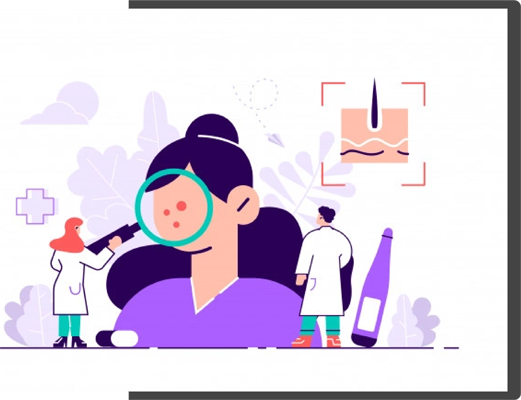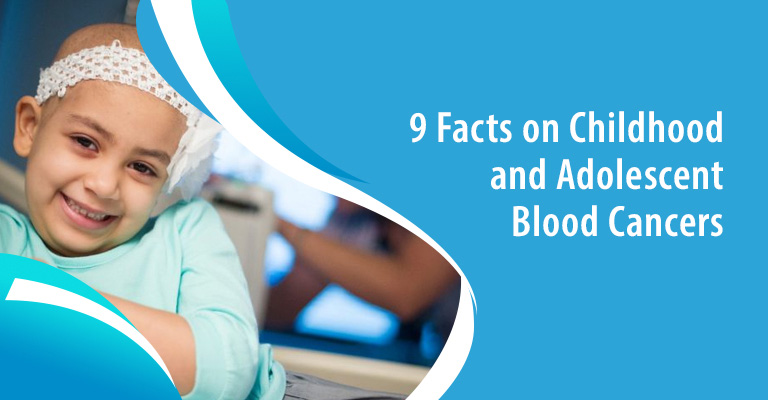We learn about the importance of ‘skin’ from a very young age. And indeed, it does do a lot more for us than we give it credit for. The biggest organ of the body, with a surface area of around 20 square feet, skin serves as both a protective barrier and a receptor for inputs from the environment. Our skin has three layers:
- Epidermis
- Dermis
- Hypodermis
And our skin is made up of three main types of cells:
- Squamous cells
- Basal cells
- Melanocytes
There are around 200 forms of cancers based on the tissue or organ where the cancer develops, and these are referred to as primary cancers. The term "metastasis" refers to the process of cancer spreading from one tissue to another. Malignancies that have migrated from their main sites, or where they first emerged, are known as secondary or metastatic cancers. Skin cancers are tumors that begin in the cells of the skin.
Medica’s oncology department excels in providing world-class cancer treatment driven by their collective clinical excellence of over 30+ years. With a multidisciplinary approach to treating all types and forms of cancer, our oncologists and onco-surgeons are supported by the latest cancer treatment technologies along with a team of highly-skilled reconstructive surgeons who deliver extensive treatment to all of our patients, adults and children alike.









